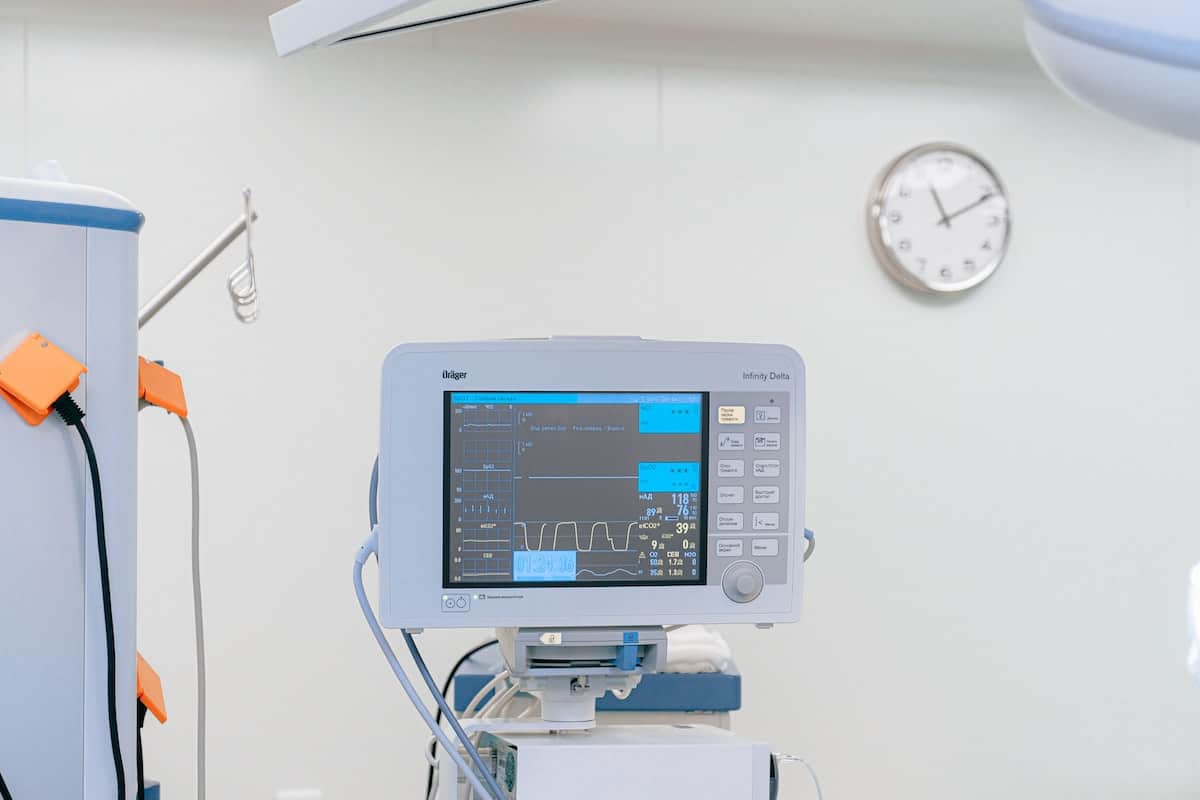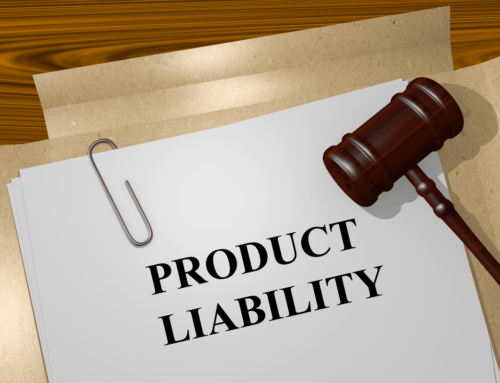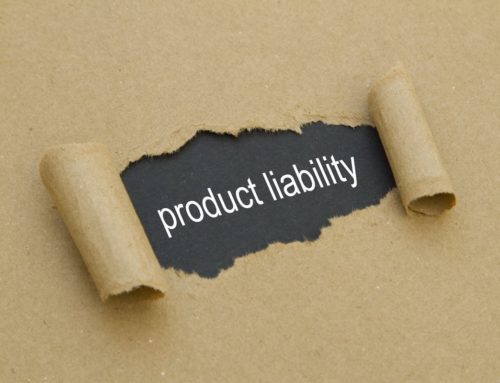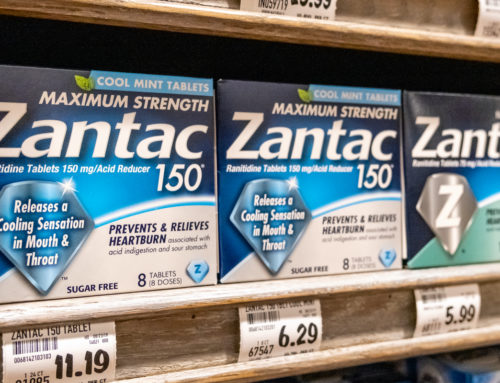A woman from Louisiana has initiated legal action against Philips over its CPAP machine – alleging long-term use of the device led to severe injuries and is seeking both compensatory and punitive financial remedies. The woman was prescribed a breathing apparatus for her sleep apnea by her healthcare provider. She acquired a Philips Dreamstation machine in 2019 and utilized it regularly, following medical guidance.
Later on, she received a diagnosis of lung cancer and attributes this to the Philips CPAP machine. She contends the device led to cellular and genetic harm in her lungs, ultimately resulting in cancer.
How Louisiana Laws Protect Victims of Medical Device Malfunctions
In Louisiana, various laws aim to protect individuals who suffer due to defective medical devices. One such legal provision centers on product liability. Under Louisiana product liability law, manufacturers are held accountable for any defects in their products, including medical devices. The law makes it possible for victims to seek compensation for physical and emotional distress, medical expenses, and even lost wages.
Another significant legal framework is the Medical Device Amendments to the Federal Food, Drug, and Cosmetic Act. While this is a federal law, it has far-reaching implications at the state level, including in Louisiana. These amendments establish rigorous guidelines manufacturers must follow, ensuring device safety and effectiveness.
In Louisiana, the statute of limitations for filing a lawsuit in product liability cases is generally one year from the date the malfunction was discovered. Timely action can prove vital for obtaining justice and compensation.
Steps to Take Immediately After Experiencing a Medical Device Failure
When someone experiences a medical device failure, immediate action can make a significant difference. First, the affected individual should seek medical attention right away to assess and manage any health risks. Accurate documentation of all medical interventions can serve as valuable evidence later.
Second, retaining all components of the defective device can be helpful. These physical pieces can be used for expert analysis to determine the cause of failure. Photos or videos capturing the malfunction can also be instrumental.
Third, it’s advisable to inform the healthcare provider about the incident. Medical professionals often submit adverse event reports, which can be useful in establishing a history of device failures.
Lastly, documenting any communications, symptoms, or issues related to the failure is beneficial. A detailed record can help in understanding the scope of the malfunction and may provide an advantage if a compensation claim is pursued later.
Timeline of a Medical Device Malpractice Lawsuit
Initially, an individual identifies a device malfunction and seeks immediate medical attention. After collecting evidence and documentation, a formal complaint is typically filed against the responsible party, which could be the manufacturer, distributor, or healthcare provider.
Once the lawsuit is initiated, both sides enter the discovery phase. During this period, evidence is gathered, witnesses are interviewed, and expert opinions may be solicited. This stage can take several months and sometimes even years, depending on the complexity of the case.
Following discovery, settlement discussions often occur. If an agreement isn’t reached, the case proceeds to trial. Trials in medical device lawsuits can last from a few weeks to several months. After the trial concludes, the judge or jury renders a verdict, which can be followed by an appeals process. Each step in the timeline contributes to the unfolding of the legal journey.
Calculating Compensation: What to Expect in a Settlement
When it comes to settlements in medical device malpractice cases, calculating compensation can be a complex task. Several factors come into play, including the severity of the injury, medical expenses, loss of income, and emotional distress. Each of these elements contributes to the final settlement amount.
Medical bills often form a large portion of the compensation. These can include costs for emergency care, ongoing treatment, and future medical needs related to the injury. Lost wages, both present and future, are another significant consideration, especially if the victim is unable to return to work for an extended period.
Emotional distress, though harder to quantify, can also be factored into the settlement. Pain and suffering, along with any lifestyle changes imposed by the injury, can be evaluated in monetary terms.
Strict Liability Versus Negligence: Key Concepts
In medical device malpractice, two legal theories often come to the forefront: strict liability and negligence. Understanding these concepts can provide insights into how cases are generally approached.
Strict liability means the manufacturer is held responsible for a defective device, regardless of whether they were careless or not. If a device fails and causes harm, the manufacturer is liable for damages, no questions asked. In these cases, victims usually need to prove only the device was defective and caused their injury.
Negligence, on the other hand, involves demonstrating the manufacturer or distributor failed to exercise due care in designing, producing, or providing warnings for the device. In negligence cases, it’s necessary to prove the responsible party knew or should have known about the defect but failed to act.
Common Defenses in Medical Device Cases: Be Prepared
When a lawsuit concerning a defective medical device is filed, the defending party, often the manufacturer, may employ a variety of defenses. One of the most common is the “misuse” defense. Here, the manufacturer argues the victim used the device improperly, thus causing their own injury.
Another frequent defense is the “state-of-the-art” argument. In such cases, manufacturers claim they followed the best available technology and guidelines at the time of production, suggesting the defect was unforeseeable.
“Assumption of risk” is yet another defense wherein the manufacturer argues the patient was aware of the device’s potential risks but chose to proceed with its use anyway.
“Statute of limitations” can also serve as a defense. If a victim takes too long to file a lawsuit, they may be barred from pursuing a legal claim due to expiration of the legally allowed time period.
From Settlement to Court: Pathways to Justice
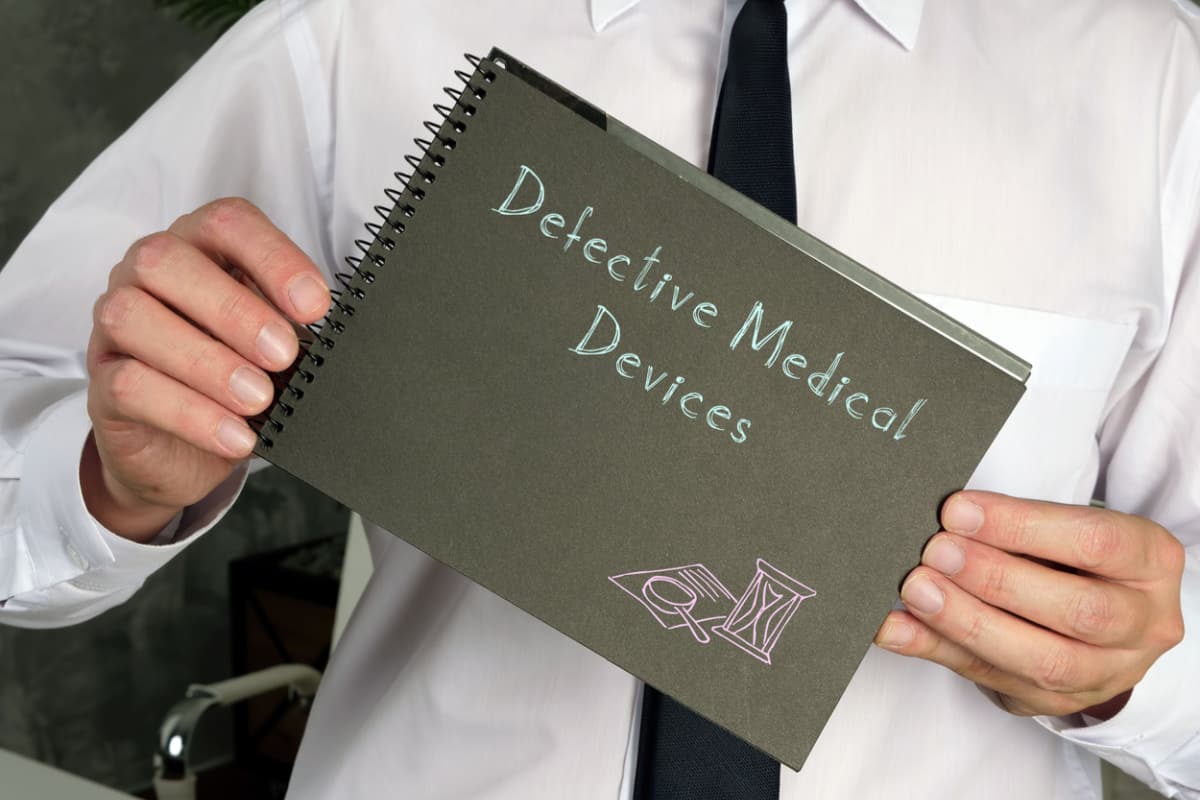
When a medical device failure occurs, victims have multiple avenues to seek justice. One common route is the settlement. Here, both parties come to a financial agreement outside of court. Settlements are often quicker and less stressful, providing immediate relief to the affected individual. However, it’s worth noting settlements might not offer the full compensation a trial could potentially yield.
Should a settlement not be agreeable, the next step is usually court litigation. During a trial, both sides present their arguments, evidence, and expert testimony. Although the process can be lengthy and emotionally draining, a successful trial can result in substantial compensation and even changes in industry practices to prevent future incidents.
Regardless of the path chosen, each offers its own set of advantages and challenges. Ultimately, both avenues aim to hold accountable those responsible for medical device malfunctions.
Our experienced team is ready to guide you through your options, ensuring your interests are adequately represented and your rights are protected. Don’t hesitate to reach out or call 504-526-2222 for a free consultation.



